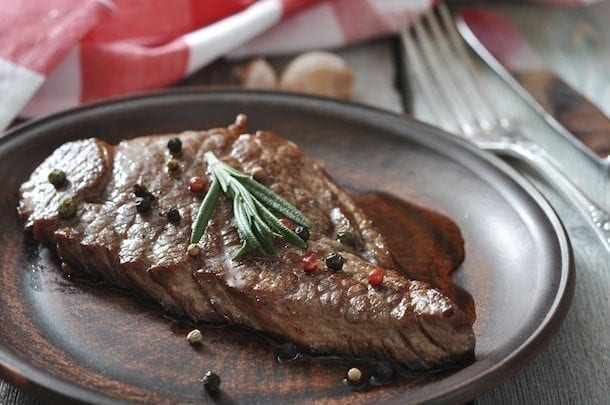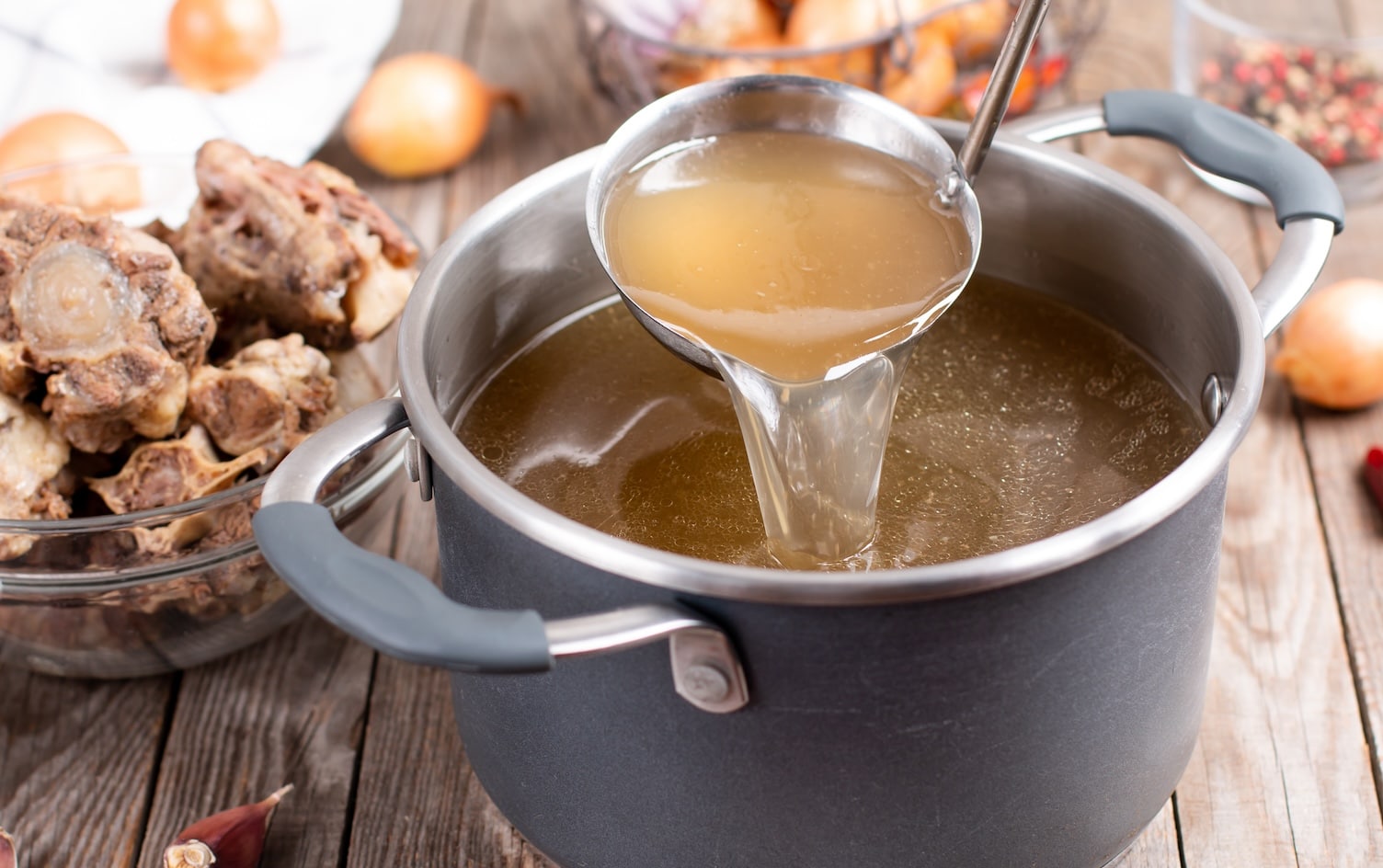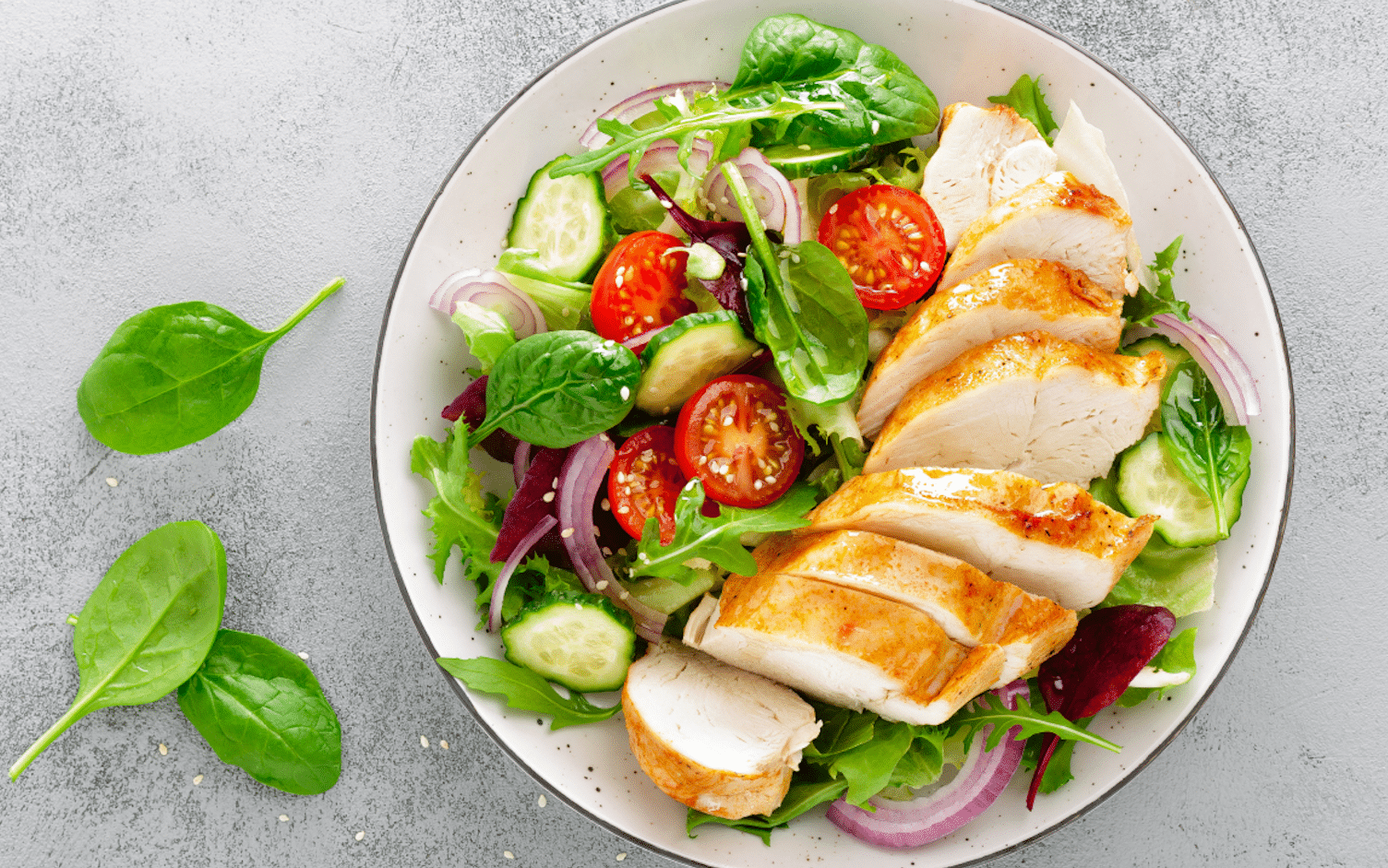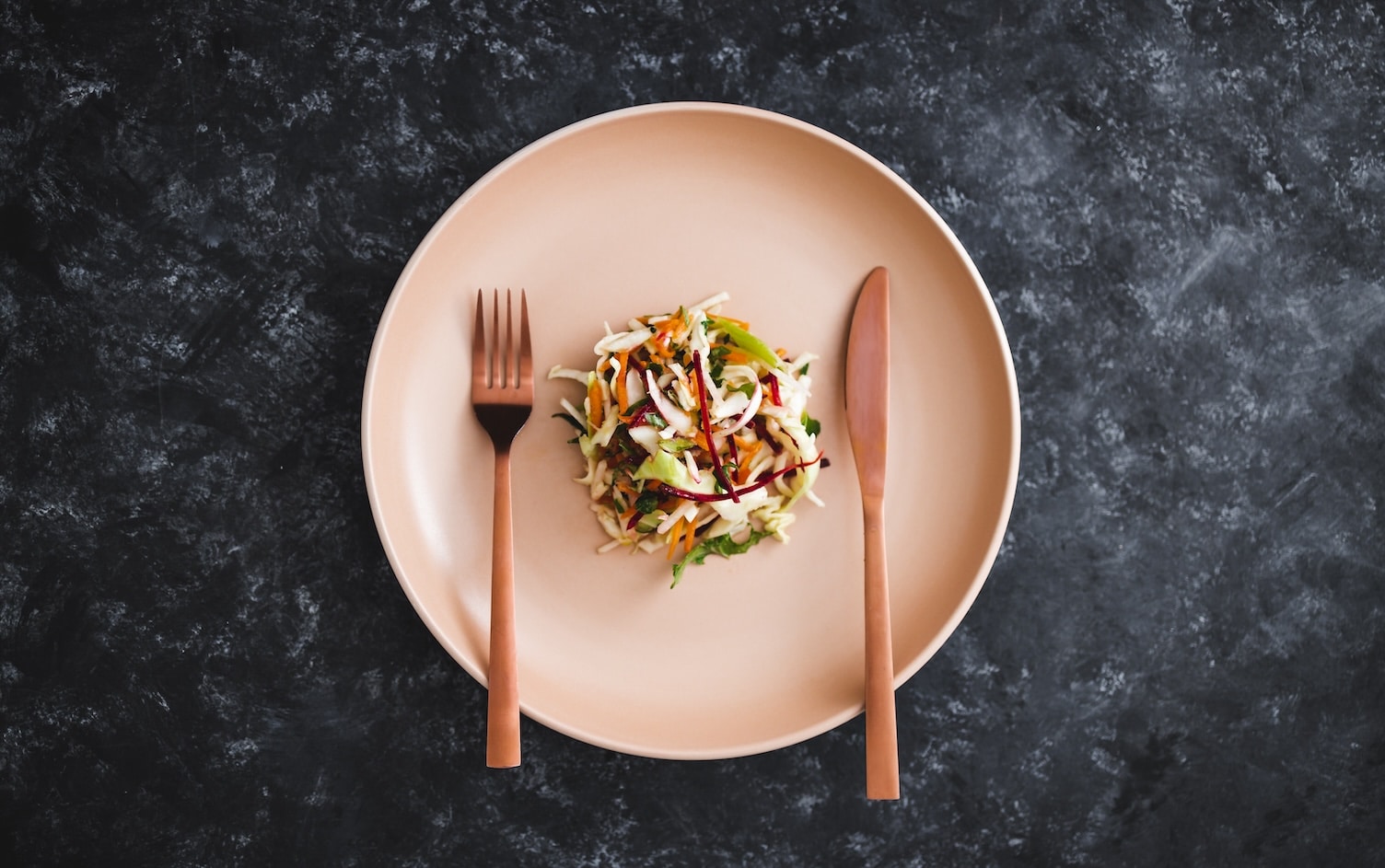A great quote from the late fitness expert Jack LaLanne: “If man made it, don’t eat it.” This mantra might well be the rallying cry of the paleo movement. If you’re intrigued by the concept of what was good for Grok (the imaginary caveman who serves as the unofficial mascot of paleo eaters) is good for you, then paleo eating might be for you.
What is a Paleo Diet?
The goal of the Paleolithic Diet (a.k.a. Paleo or Primal Diet) is to consume only foods cavemen would have eaten millions of years ago, before the cultivation of grains and legumes, and well before the invention of processed, packaged foods. It’s rooted in the idea that eating natural foods, including game meat, fish, vegetables, wild fruits, eggs, and nuts, leads to optimal health. If a caveman didn’t eat it, it does not exist on this diet! Foods included in most plans: coconut oil, avocados, butter, olives, vegetables, red meat, poultry, pork, eggs and organs (pasture-raised and grass-fed when possible), some fruits, and nuts. Foods that don’t make the cut: refined sugars, fruit juices, cereals, grains, legumes, and dairy (exceptions are made for butter and cream).
Upsides to a Paleo Diet
The paleo diet is rich in soluble fiber, antioxidant vitamins, phytochemicals, omega-3 fatty acids, monounsaturated fat, and low-glycemic carbohydrates. Numerous studies and articles have appeared in recent years touting the benefits of eating the way our ancestors did. Eliminating refined sugars, fruit juices, and processed and packaged foods can have a positive impact on your waistline, and the emphasis on vegetables makes the paleo diet higher in fiber and potassium and lower in sodium that most modern diets.
Potential Downsides to a Paleo Diet
The paleo diet relies heavily on high-quality animal sources of protein. Finding grass-fed, pasture raised meat, poultry, eggs, and wild game might be a challenge in some areas. Balanced meal planning is also important, as some variations of the paleo diet fall short on calcium and vitamin D.
Online Paleo Resources




